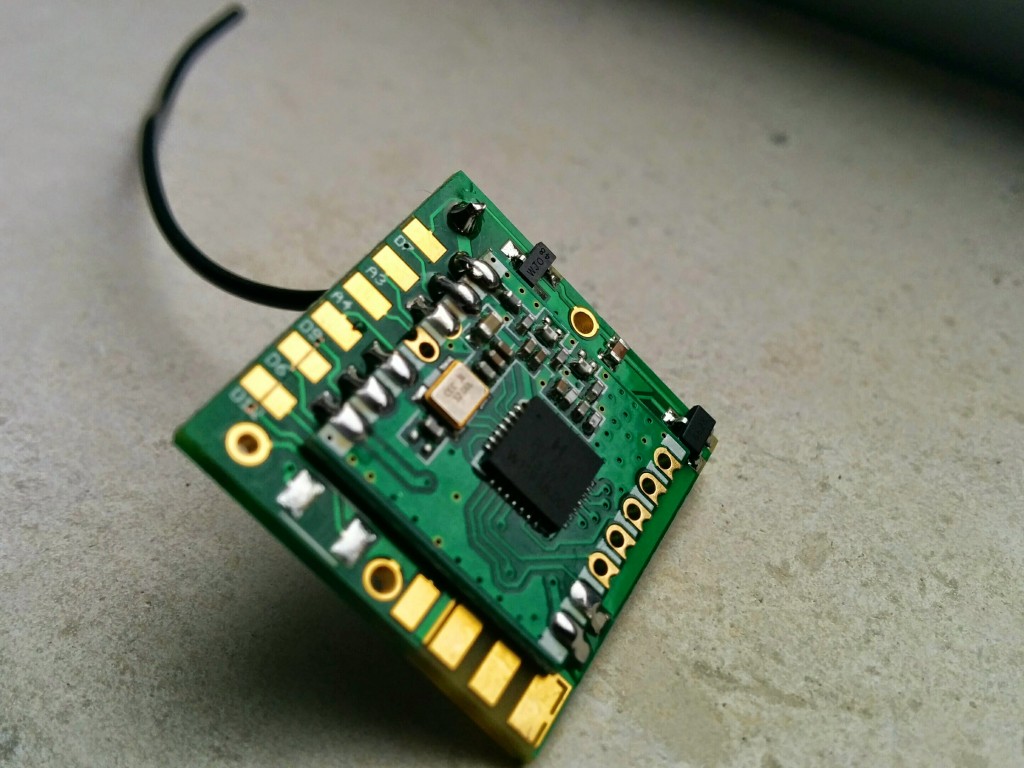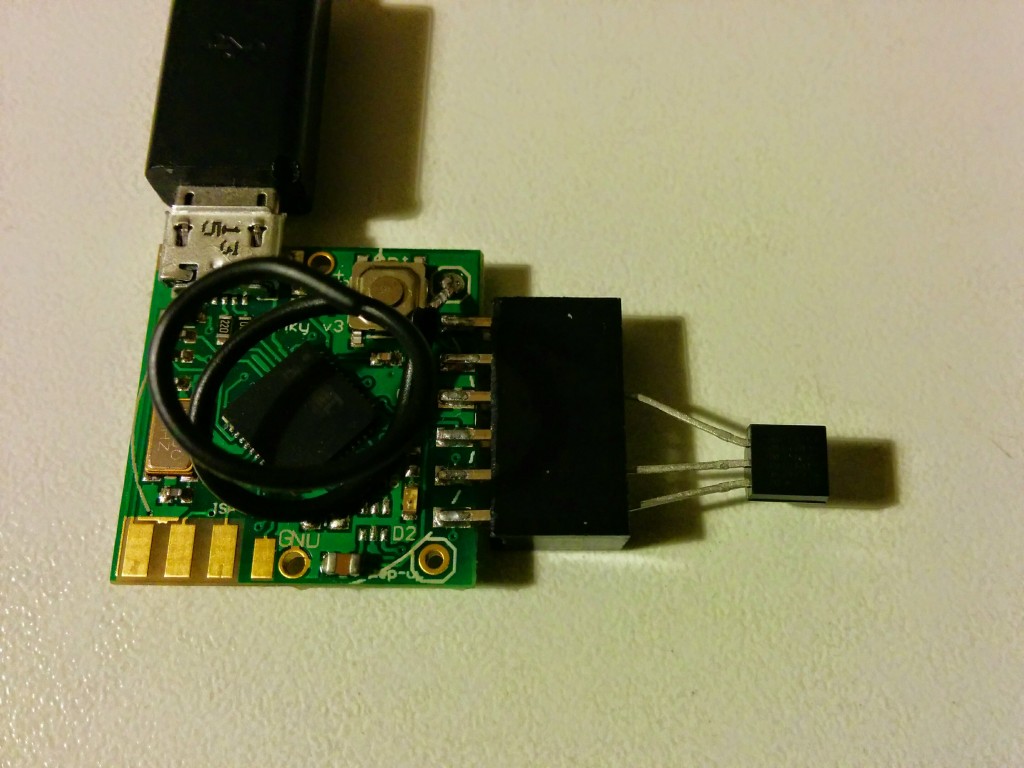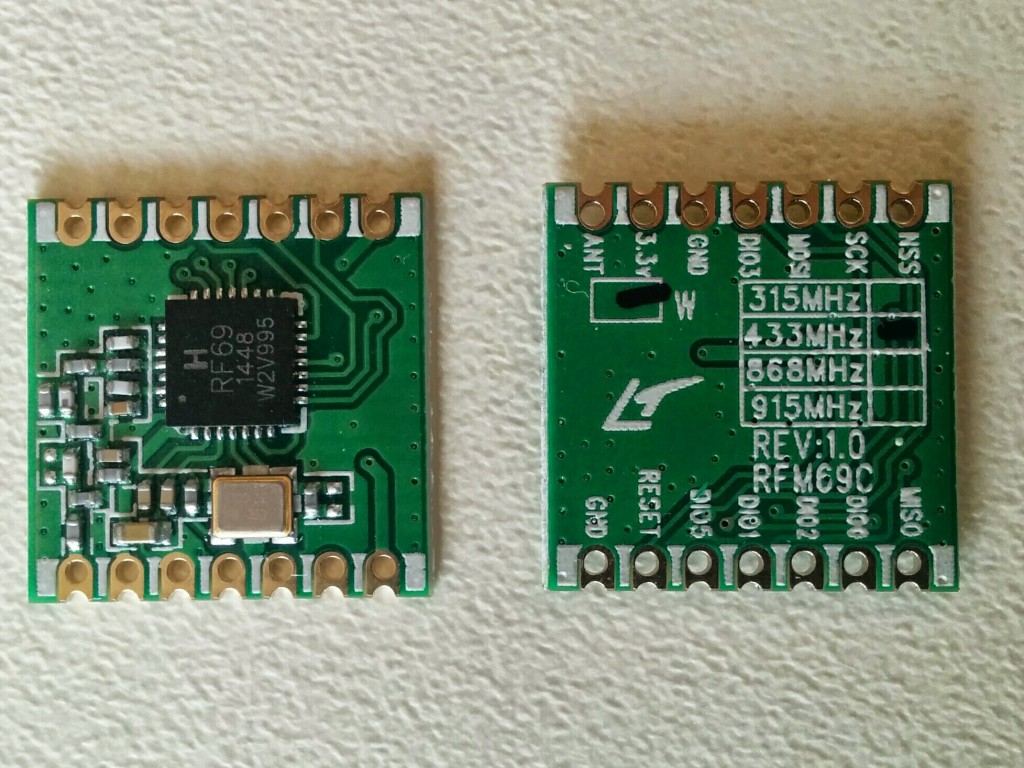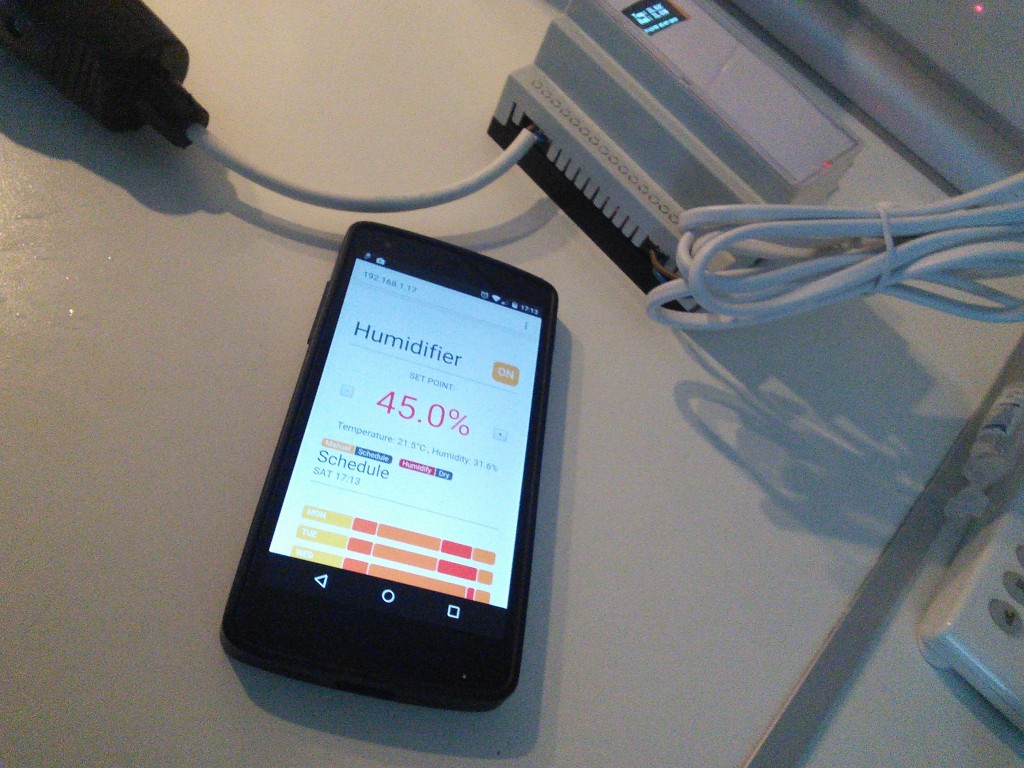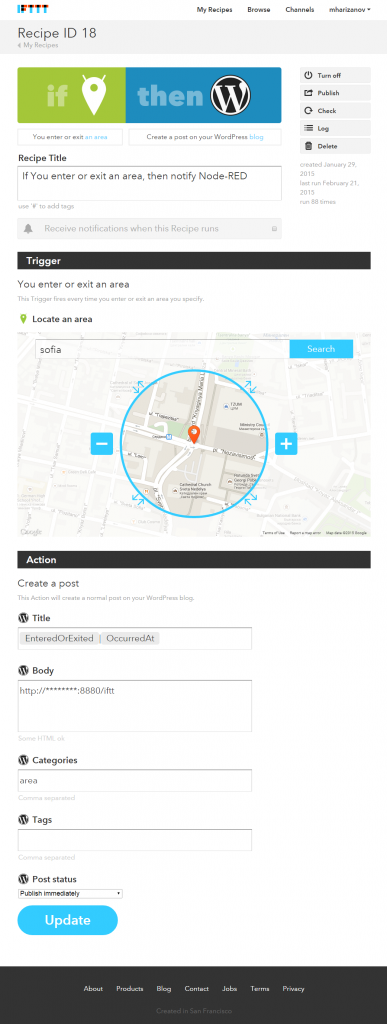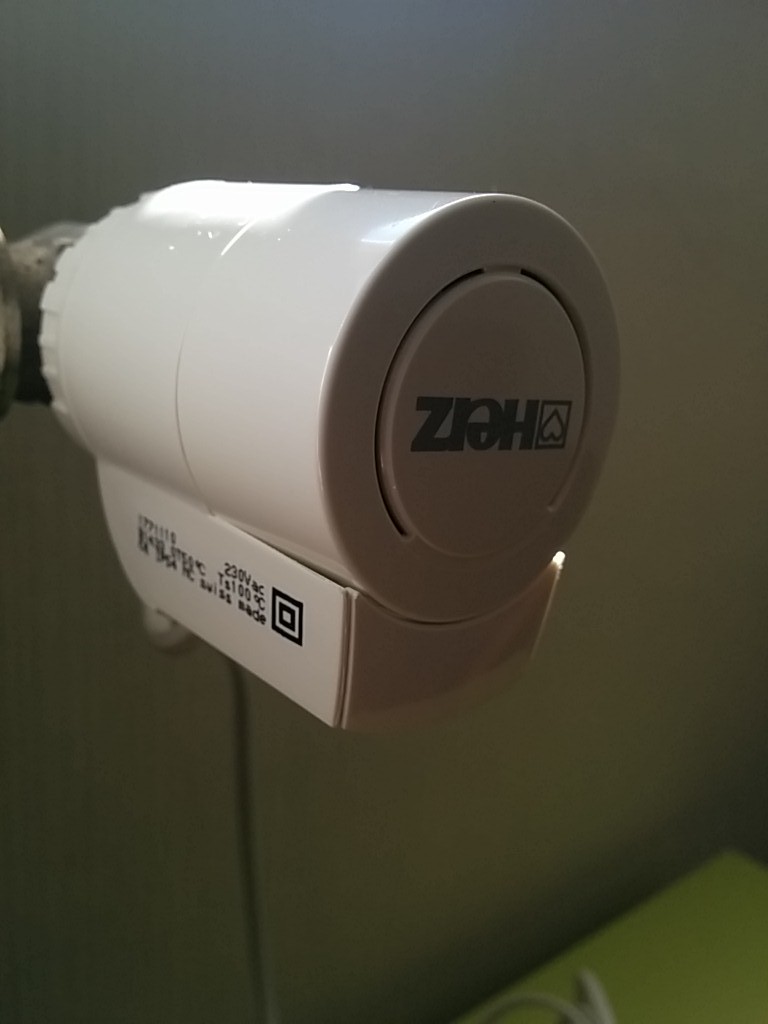The typical end-user of your IoT products wants them up and running fast, with minimum hassle once they bring them home. They don’t want to be presented with initial configuration mechanisms/options they don’t understand, and their enthusiasm quickly diminishes if…
The initial setup problem









